Growing Incidence of Eye Melanoma
The Eye Melanoma Market is experiencing a notable increase in the incidence of eye melanoma, particularly among older adults. Recent statistics indicate that the age-adjusted incidence rate of uveal melanoma is approximately 5.1 cases per million people annually. This rising trend is likely attributed to factors such as increased exposure to ultraviolet light and genetic predispositions. As the population ages, the number of individuals at risk for developing eye melanoma is expected to rise, thereby driving demand for effective diagnostic and therapeutic options within the Eye Melanoma Market. Furthermore, heightened awareness regarding the disease is prompting more individuals to seek medical attention, which may contribute to earlier detection and improved treatment outcomes.
Advancements in Treatment Modalities
Innovations in treatment modalities are significantly influencing the Eye Melanoma Market. Recent developments in targeted therapies and immunotherapies have shown promising results in improving patient outcomes. For instance, the introduction of checkpoint inhibitors has revolutionized the treatment landscape, offering new hope for patients with advanced eye melanoma. Additionally, the market is witnessing an increase in the use of personalized medicine, which tailors treatment plans based on individual genetic profiles. This shift towards more effective and less invasive treatment options is likely to enhance patient compliance and satisfaction, thereby propelling growth in the Eye Melanoma Market. As research continues to evolve, the potential for novel therapies to emerge remains high, further stimulating market dynamics.
Rising Awareness and Screening Programs
The Eye Melanoma Market is benefiting from increased awareness and the implementation of screening programs aimed at early detection. Public health initiatives and educational campaigns are playing a crucial role in informing individuals about the risks and symptoms associated with eye melanoma. As awareness grows, more people are likely to participate in regular eye examinations, leading to earlier diagnosis and treatment. This proactive approach is expected to enhance survival rates and improve overall patient outcomes. Moreover, the establishment of specialized clinics and screening programs is facilitating access to care, which may further drive the demand for services within the Eye Melanoma Market. The emphasis on early detection is likely to create a more favorable environment for market growth.
Technological Innovations in Diagnostic Tools
Technological advancements in diagnostic tools are reshaping the Eye Melanoma Market. Innovations such as optical coherence tomography (OCT) and advanced imaging techniques are enhancing the accuracy of eye melanoma diagnoses. These tools allow for non-invasive assessments, enabling clinicians to detect tumors at earlier stages. The integration of artificial intelligence in diagnostic processes is also emerging, potentially improving the efficiency and precision of evaluations. As these technologies become more widely adopted, they are likely to increase the rate of early detection, which is crucial for effective treatment. Consequently, the demand for these advanced diagnostic tools is expected to rise, further propelling growth within the Eye Melanoma Market.
Increased Investment in Research and Development
Investment in research and development is a key driver of the Eye Melanoma Market. Pharmaceutical companies and research institutions are allocating substantial resources to explore new treatment options and improve existing therapies. This focus on R&D is likely to yield innovative solutions that address unmet medical needs in the management of eye melanoma. Furthermore, collaborations between academia and industry are fostering an environment conducive to breakthroughs in treatment methodologies. As new therapies emerge from these research efforts, they may significantly alter the treatment landscape, enhancing the overall efficacy of care provided to patients. This ongoing investment in R&D is expected to sustain momentum in the Eye Melanoma Market, driving future growth.
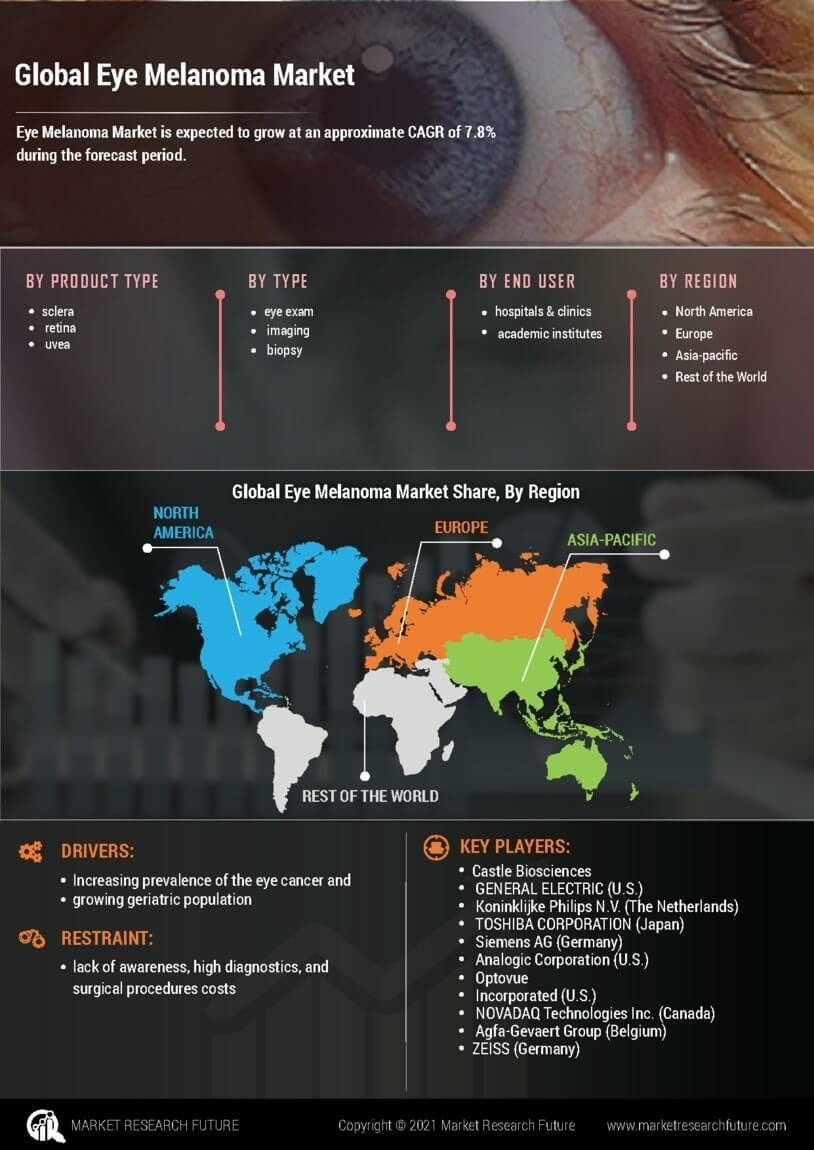

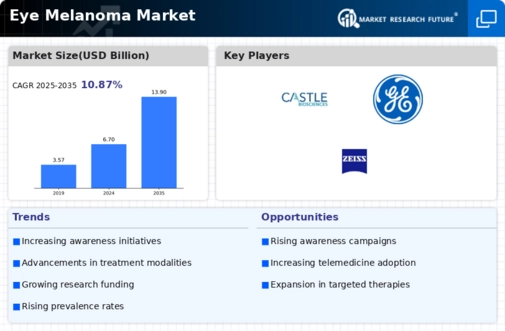
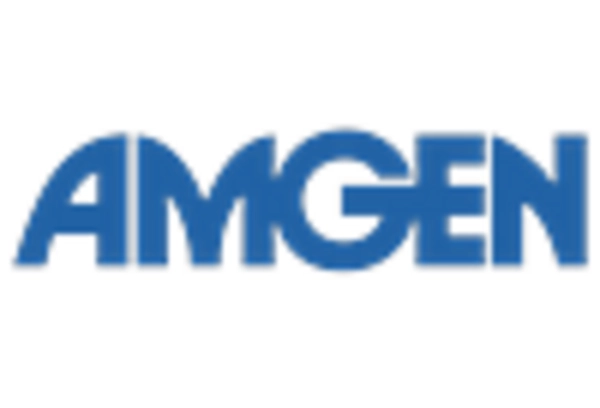

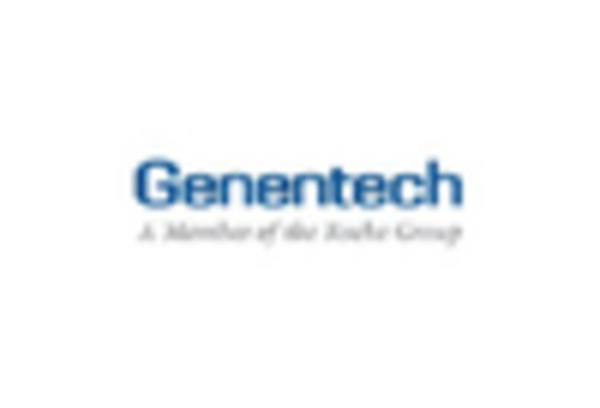
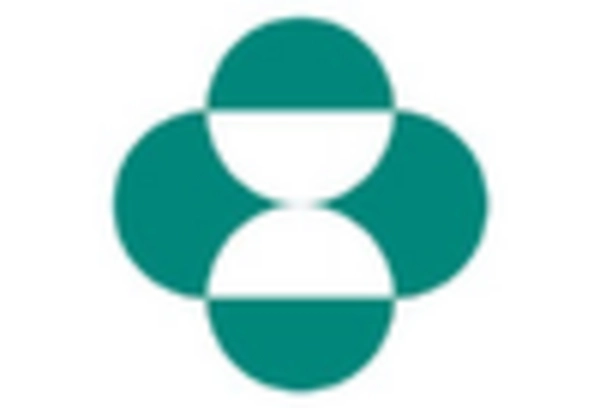

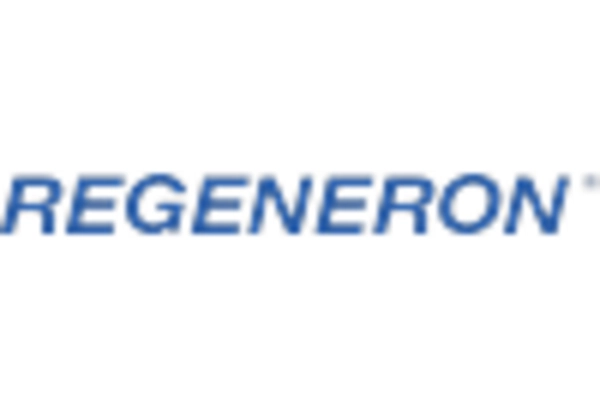








Leave a Comment